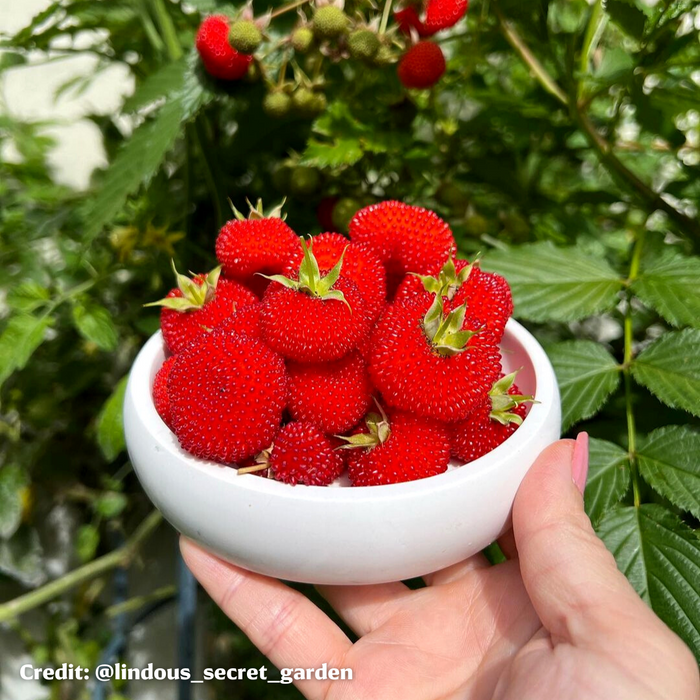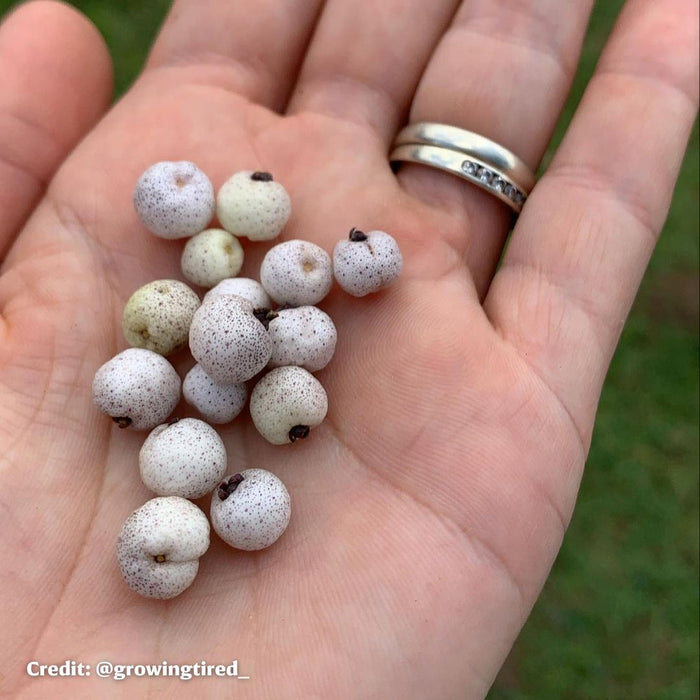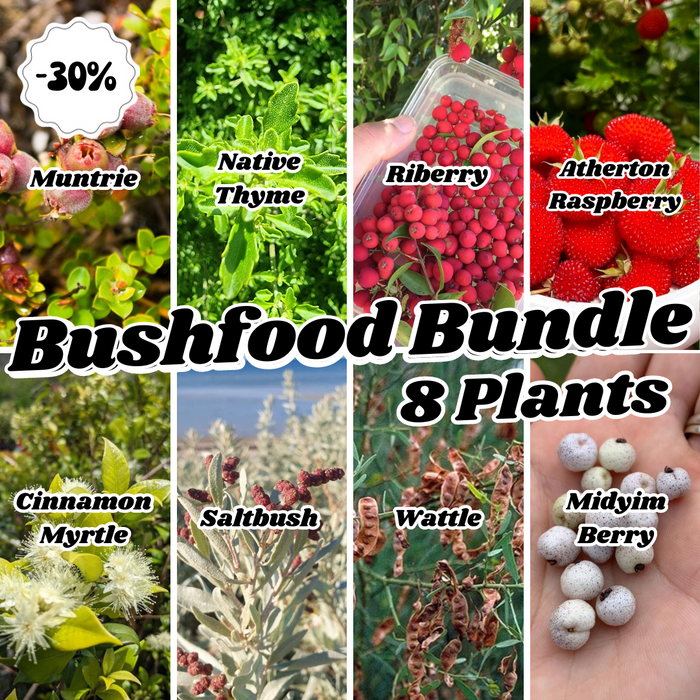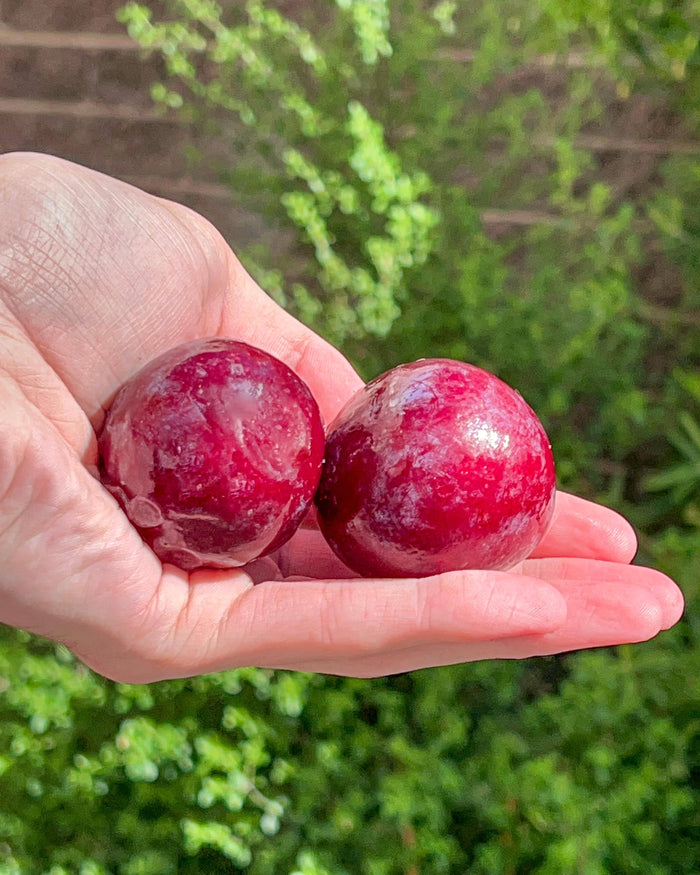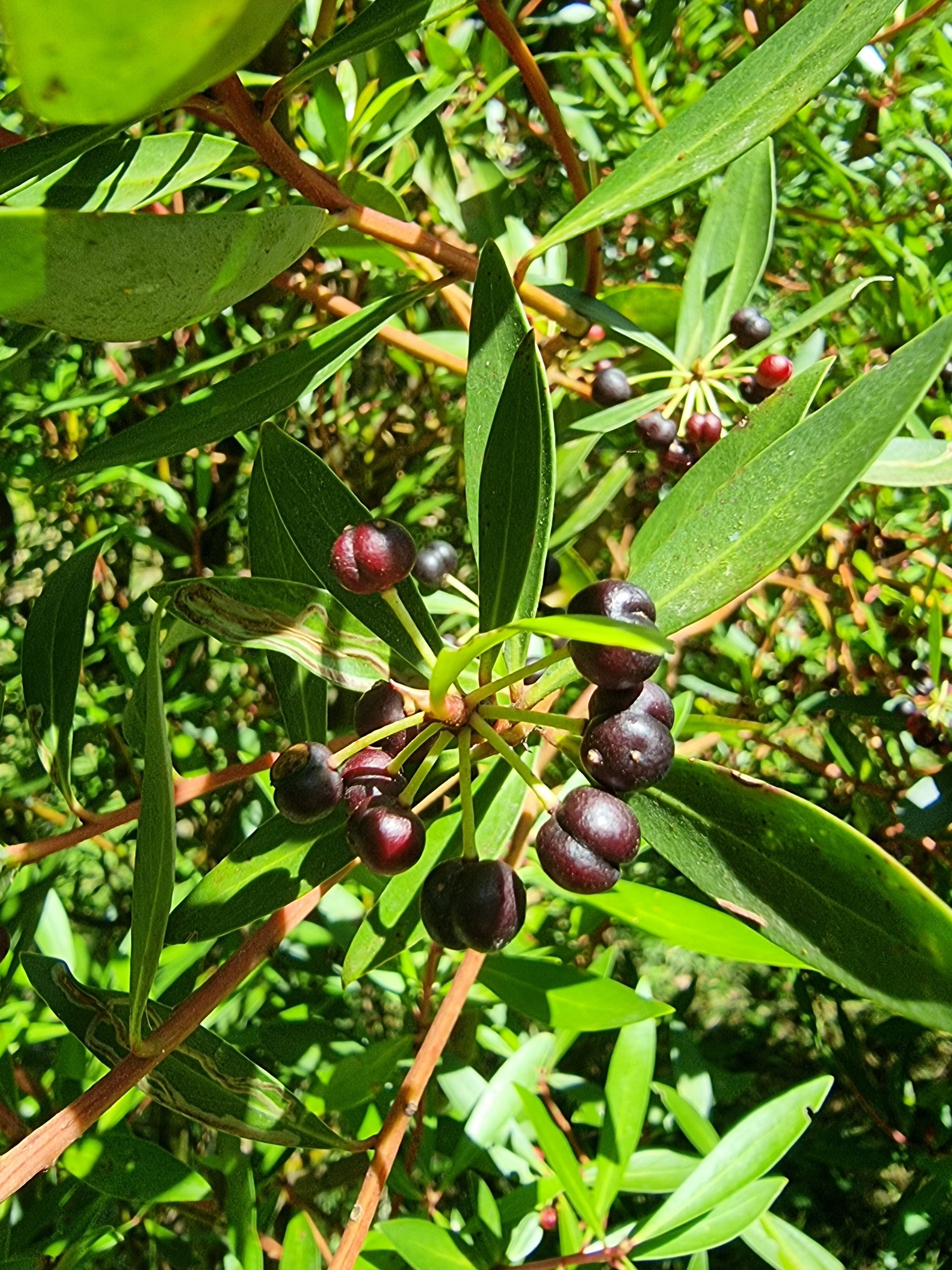

Pepperberry: A Must-Try Spice with a Rich History
Pepperberry is a spice native to Australia that's sure to add some excitement to your culinary creations. It's made from the fruit of the pepperberry plant, also known as Tasmanian pepper or mountain pepper, and has a unique and complex flavour profile that'll make your taste buds dance. In this article, we'll explore the history, uses, and benefits of pepperberry, as well as provide some delicious recipe ideas to inspire your kitchen creations.
A Brief History of Pepperberry
Pepperberry has a long and fascinating history, dating back to ancient times. Aboriginal People across Tasmania, Victoria and NSW, including the Tasmanian Aboriginal people, have been using pepperberry for thousands of years for both culinary and medicinal purposes. They used it to add flavour and heat to their food and also as a treatment for various ailments, including toothache, stomach problems, and colds.
In the 18th century, when the first European settlers arrived in Australia, they also discovered the unique properties of pepperberry. The colonists used pepperberry as a substitute for black pepper, which was difficult to obtain in the new colony. They also used it to add flavour to their food and beverages, including beer and gin.
Today, pepperberry is cultivated and harvested for commercial use in many parts of Australia, including Tasmania and Victoria. It is widely used in the food and beverage industry, including in the production of sauces, marinades, meat products, and alcoholic beverages. It is also valued for its potential health benefits and is used in natural medicine.
Aboriginal Uses of Pepperberry
Pepperberry was an important part of the indigenous people of Australia's traditional diet and was used for both culinary and medicinal purposes. It was often mixed with other herbs and spices to create a seasoning blend that was used to flavour meat, fish, and vegetables. The Tasmanian Aboriginal people also used it to make a type of tea that was believed to help treat various ailments.
Pepperberry was also used in traditional medicine to treat a variety of health problems, including colds, flu, indigestion, and toothache. It was also believed to have anti-inflammatory and analgesic properties and was used to treat arthritis, rheumatism, and other inflammatory conditions.
Colonial Uses of Pepperberry
When the first European settlers arrived in Australia, they quickly discovered the unique properties of pepperberry. They used it as a substitute for black pepper, which was difficult to obtain in the new colony. They also used it to flavour their food and beverages, including beer and gin.
Pepperberry became a popular spice among colonists in Australia, and by the mid-19th century, it was being sold commercially.
Pepperberry Today
Nowadays, pepperberry is cultivated and harvested for commercial use in many parts of Australia, including Tasmania and Victoria. It's a popular spice in the food and beverage industry and is used to create sauces, marinades, meat products, and alcoholic beverages. It's also valued for its potential health benefits and is used in natural medicine.
Pepperberry's Flavour Profile
Pepperberry has a one-of-a-kind flavor profile that sets it apart from other spices. It's got a spicy, hot taste that's similar to black pepper but with a more floral and fruity note. It's often described as a cross between black pepper and juniper berries, with a hint of cinnamon and clove.
This unique flavor is due to the presence of a compound called polygodial, which has been shown to have antimicrobial, anti-inflammatory, and analgesic properties. This compound is also responsible for the unique flavour of the spice.
Health Benefits of Pepperberry
Pepperberry isn't just delicious but also has a range of potential health benefits. It's a good source of antioxidants, which can help protect the body from oxidative stress and inflammation. It also has anti-inflammatory properties, which may help reduce the risk of chronic diseases like heart disease, cancer, and diabetes.
Pepperberry is also believed to have antimicrobial properties, which can help fight off harmful bacteria and viruses. It's also been shown to have potential as a natural pain reliever, which is promising news for those who suffer from chronic pain.
How to Use Pepperberry in the Kitchen
Pepperberry is a versatile spice that can be used in a variety of ways in the kitchen. Here are a few ideas to get you started:
-
Add it to meat dishes: Pepperberry pairs well with red meats like beef and lamb, as well as game meats like kangaroo. It's also great in meat marinades and rubs.
-
Use it in sauces and dips: Pepperberry can be added to creamy sauces and dips, like aioli or ranch dressing, for an extra kick of flavor.
-
Sprinkle it on vegetables: Pepperberry can be used to add some heat to roasted vegetables like sweet potato or pumpkin.
-
Use it in desserts: Pepperberry can be used to add a unique flavor to desserts like ice cream, custards, and chocolate truffles.
Industry Uses of Pepperberry
Pepperberry is an important ingredient in the food manufacturing industry due to its unique flavor and versatility. Its distinctive taste, combining spicy, sweet, and fruity notes, makes it a valuable addition to a range of products, from baked goods to seasonings and sauces.
One of the most significant applications of pepperberry in food manufacturing is in the production of gin and other alcoholic beverages. Its spicy and fruity notes make it a popular ingredient in gin production, adding complexity and depth to the flavor profile of the final product.
Pepperberry is also used in the production of a range of food products, including jams, chutneys, and sauces. It pairs well with fruit-based products, such as strawberry and raspberry jams, as well as savory dishes like lamb and beef.
In addition to its flavor, pepperberry is high in antioxidants, making it a valuable ingredient in the production of health food products. Its potential anti-inflammatory and pain-relieving properties have also led to its use in natural medicine and nutraceuticals.
Additionally, it's used in traditional medicine for its potential anti-inflammatory and pain-relieving properties. Its distinct color and flavor also make it a popular ingredient in the production of gin and other alcoholic beverages. Furthermore, studies have shown that pepperberry extracts have potential applications in the agricultural industry, particularly as a natural pesticide. Its diverse range of uses showcases the importance and value of this unique and versatile spice.
Pepperberry is an important spice with a long and fascinating history. Its unique flavor and potential health benefits make it a valuable addition to any kitchen, while its use in multiple industries highlights its versatility and significance. Explore the wonders of pepperberry and all it has to offer!

